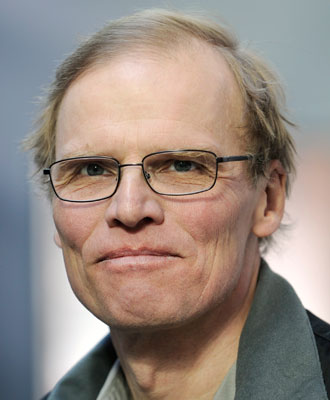Abstract
Equinor has been active in Canada since 1996 and operates the Bay du Nord and Baccalieu fields in the Flemish Pass Basin, discovered in 2013 and 2016. The Bay du Nord (BdN) project consists of the three light oil discoveries in the Flemish Pass Basin, offshore Newfoundland: Bay du Nord (2013), Bay de Verde (2015), and Baccalieu (2016). The project area is located 500 kms east of St. John’s, in water depths of approximately 1,200 m, making it a challenging development.
Getting from the discovery to a future investment decision requires detailed subsurface analysis and modelling to understand the uncertainty and risk of the development. This paper discusses some of our workflows proceeding from seismic interpretation to a robust reservoir model. The complex structure of the Bay du Nord field required detailed fault mapping and automated processes like the Thinned Fault Likelihood method supported this structural mapping significantly. A critical seismic interpretation element is the reservoir delineation with seismic inversion technology. The standard pre-stack simultaneous P+S inversion for LMR attributes was complimented with Bayesian inversion for density. Both together provided a reliable picture of the reservoir distribution.
It is essential to acknowledge the uncertainty and limitations of the deterministic subsurface model concluded from the seismic interpretation to correctly use the data in the reservoir model. We present a workflow how the seismic interpretation and related uncertainty were incorporated in the reservoir model. Data analysis methods are utilized and shared to illustrate how seismic interpretation impacted the reservoir model and uncertainty.
Biography
Dr. Rainer Tonn is a ‘Leading Geophysicist’ with Equinor Canada Ltd. After finishing his Diploma and Doctorate at the University of Kiel in Germany he joined Wintershall in 1989. After four years of exploring for hydrocarbons in Germany and North Africa, Rainer moved to Calgary to work on Wintershall’s conventional assets in Alberta. From 1998 to 2000 Rainer joined Wintershall’s team in Argentina developing a significant offshore discovery. In 2000 he started working for Pan Canadian, later EnCana, and explored for six years the Canadian East Coast. Before he began interpreting oilsands projects for Statoil in 2009, Rainer enjoyed three years of North Sea Exploration with Oilexco. In 2012 he moved to Norway, where he was responsible for Statoil’s global geophysical work processes. Since 2015 Rainer is located in St. John’s. Rainer’s special interest is the reduction of exploration/development risk with advanced seismic interpretation techniques.
Xavier van Lanen is Principal Geologist with Equinor Canada Ltd. After earning his M.Sc. in Sedimentology from the VU University Amsterdam (NL), he worked two years as a junior researcher on developing a web-based outcrop database and methods of gathering digital outcrop data. In 2006 he continued his digital outcrop and modeling research at the University of Manchester (UK), where he received a PhD. Next Xavier joined Equinor’s Research and Technology Excellence Center in Bergen (NO) from 2011 to 2015 and focused on static reservoir modeling, uncertainty-sensitivity analyses, and developing an integrated static-dynamic reservoir modeling workflow (big-loop). Since 2015 he is based in St. John’s Canada, where he works in Equinor’s Eastern Canada offshore development team. Xavier’s special interest is applying data analysis techniques to understand and visualize subsurface uncertainty and risk.





